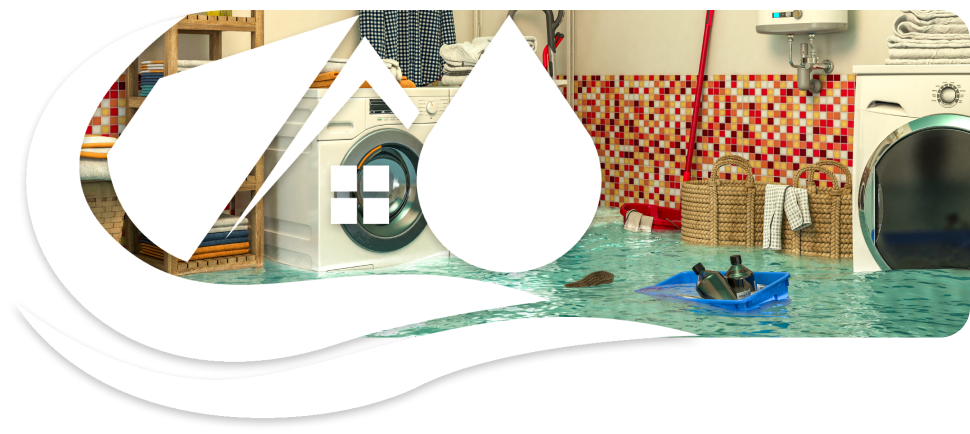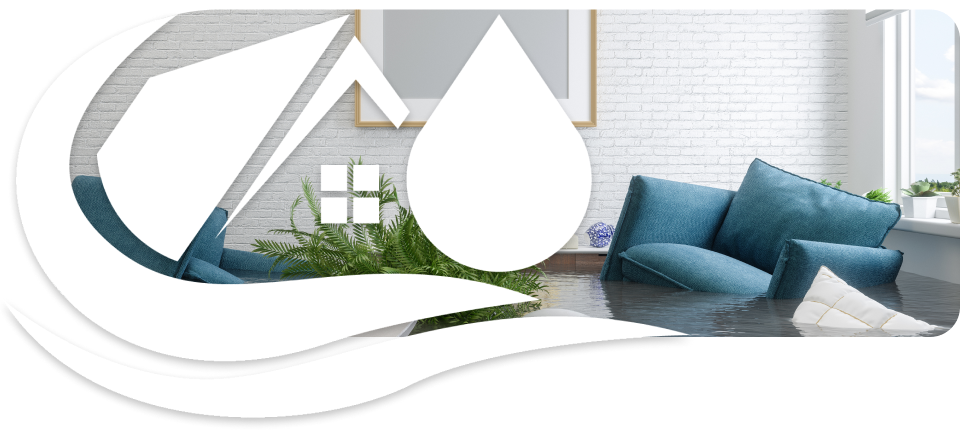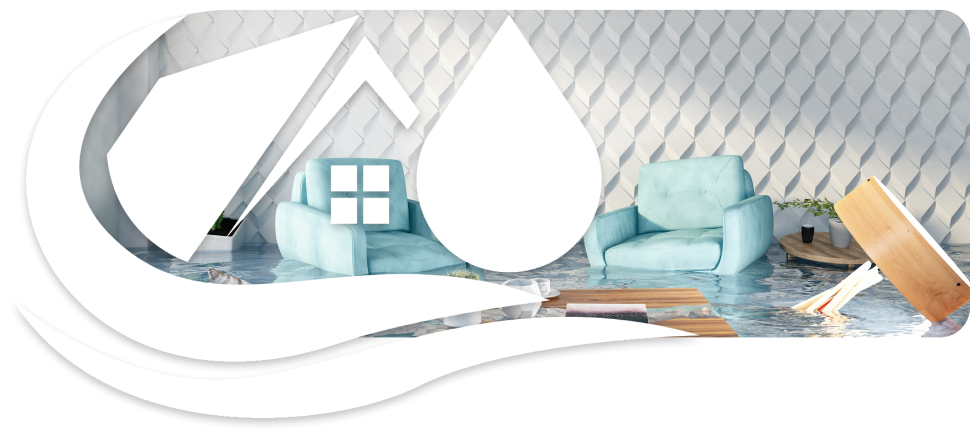What You Should Know About Flood Damage Restoration
When your home is damaged by water from a pipe leak, a roof leak, or any other source, the only solution is water damage restoration, which would be the process of restoring a water-damaged house to its previous form.
Although it may appear simple, washing out a property is a complicated process that can take several days or even weeks, based on the scale of the area and the extent of the damage. It's important to keep in mind that a water extraction Central Coast company has to do its job.
What is Flood Damage Restoration?
Damage from a Flood The term "restoration" refers to a process of removing water from a residence and returning it to its original state. While it's understandable to feel panicked or overwhelmed after an incident like this, it's critical that you act as soon as possible because waiting will only make things worse.
More than just systemic damage can be caused by standing water. Standing water, as previously stated, breeds bacteria, pathogens, and mold, all of which can cause serious respiratory problems and other health problems.
Inspection and Assessment
The flood damage restoration firm will inspect the damage at the location thoroughly. The reviews aim to categorize and classify the destruction during the checking.
The porosity of the components in the damaged area will be examined to determine the amount of moisture absorption. Moisture detectors, such as hydrometers and moisture scourers, will assess the extent of the damage and provide an estimate of the work required. They'll assign a value to the property damage based on the findings.
They'll also identify the water source and analyze the contamination level to see if it's under control. Following the checking, the restoration company will give you an estimate of how long and how much it will cost to restore your home, as well as payment options.
Dehumidification and rinsing
The restoration company will begin the dehumidification and drying phase after physically extracting the remaining water from your property. Materials that may contain water or were difficult to access during the extraction phase will be dried out using industrial-grade air movers and dehumidifiers.
Your home may appear dry at this point, but some materials are moist to the touch. If left unattended, the materials will deteriorate further, breaking, warping, or developing mold. It is possible to prevent further damage by completely drying and dehumidifying the area.
Sanitation and Cleaning
The cleaning phase will begin once all surfaces and materials have dried. The procedure entails a thorough, professional cleaning that preserves as much of the property as possible. Cleaning will be done by professionals who have been trained in the safety and sanitation of water-damaged homes.
Cleaning usually includes the following steps:
- Cleaning with a dryer
- Cleaning with a spray and a wipe
- Cleaning with water
Abrasive, foam, or immersion cleaning methods may also be used by professionals to ensure that each item is thoroughly cleaned.
Completely Restored
The restoration process is the final step. During the restoration process, specialists will return your house to its pre-damage state. Repairs or replacements will be made to materials that have been permanently damaged.
It may be possible to save the hardwood flooring or carpeting in some cases. Depending on the extent of the damage, the restoration phase can be simple or complex.
Conclusion
Hiring a respectable water damage restoration firm is the best way of dealing with water damage on your house. Experts will use a variety of techniques to restore your home to its original state as quickly as possible, depending on the extent of the water damage.





Comments
Post a Comment